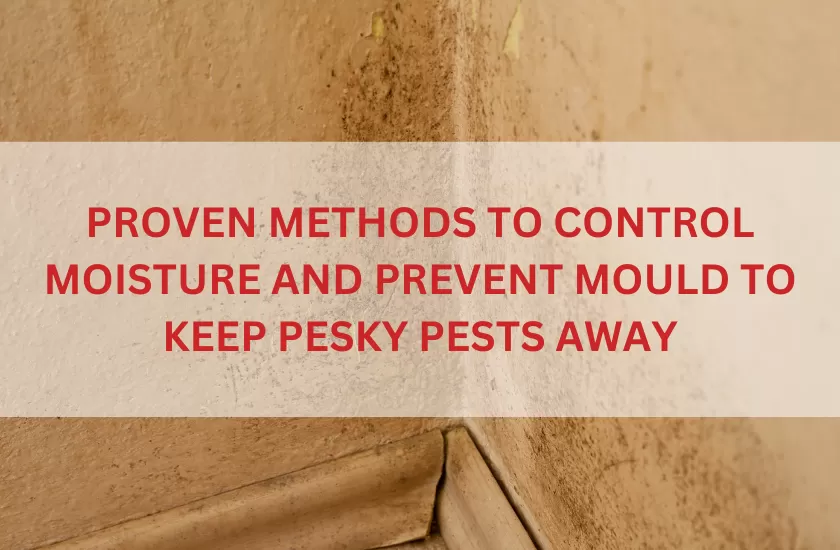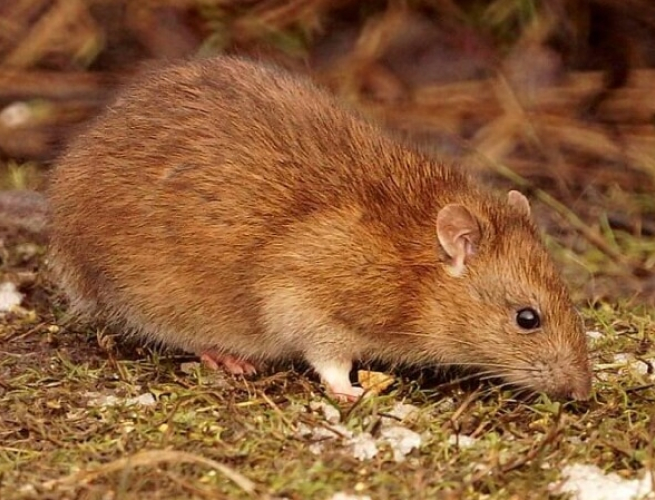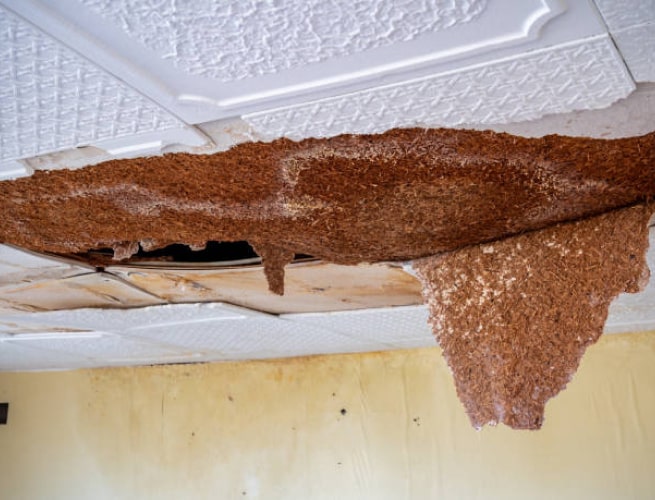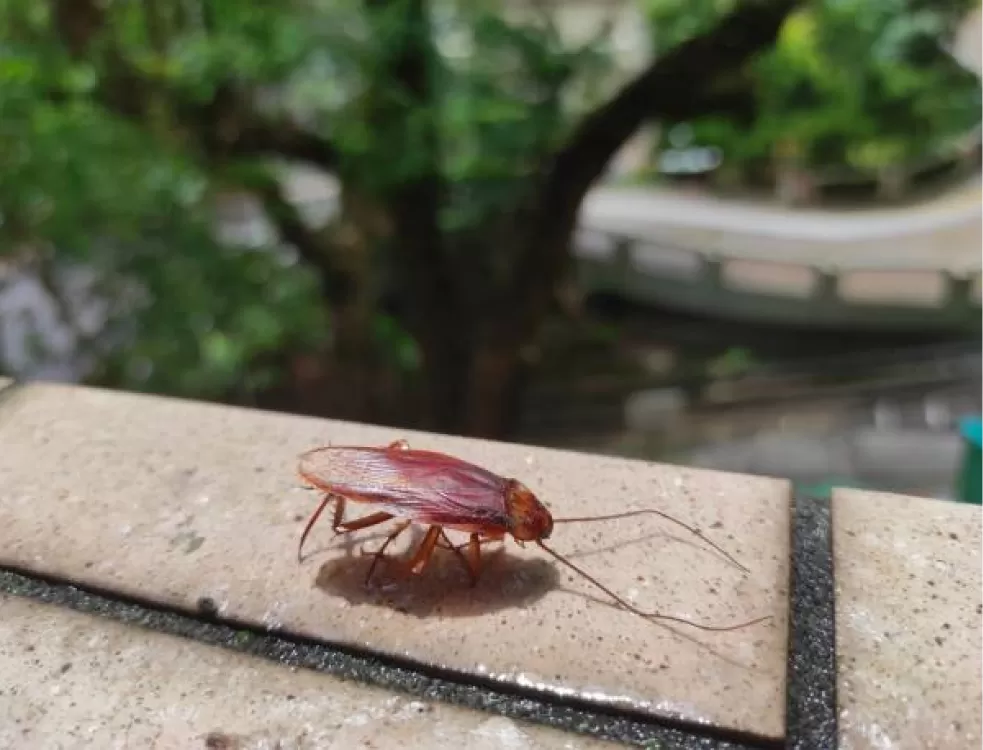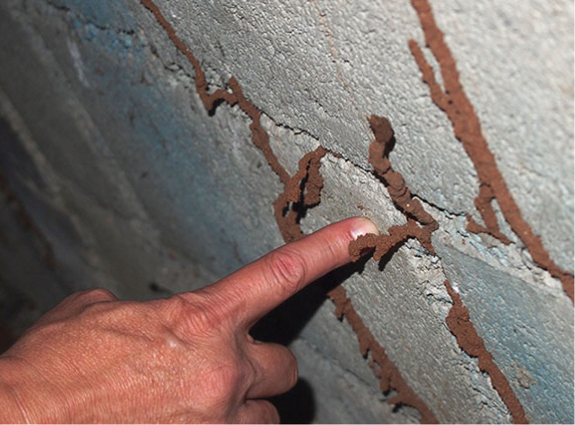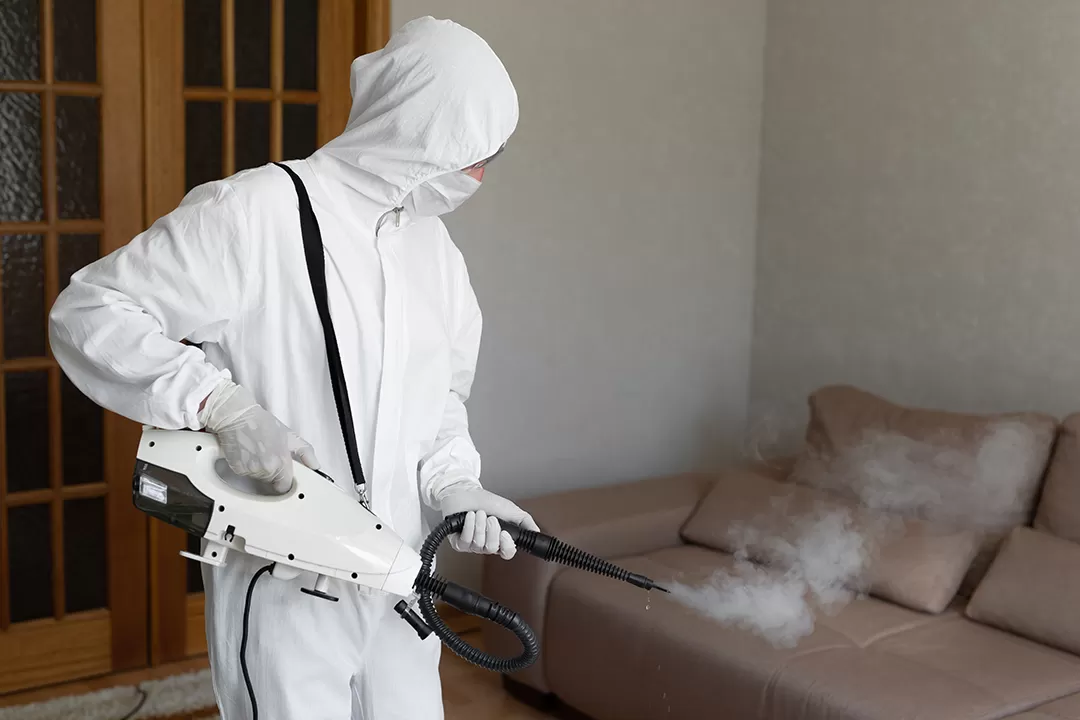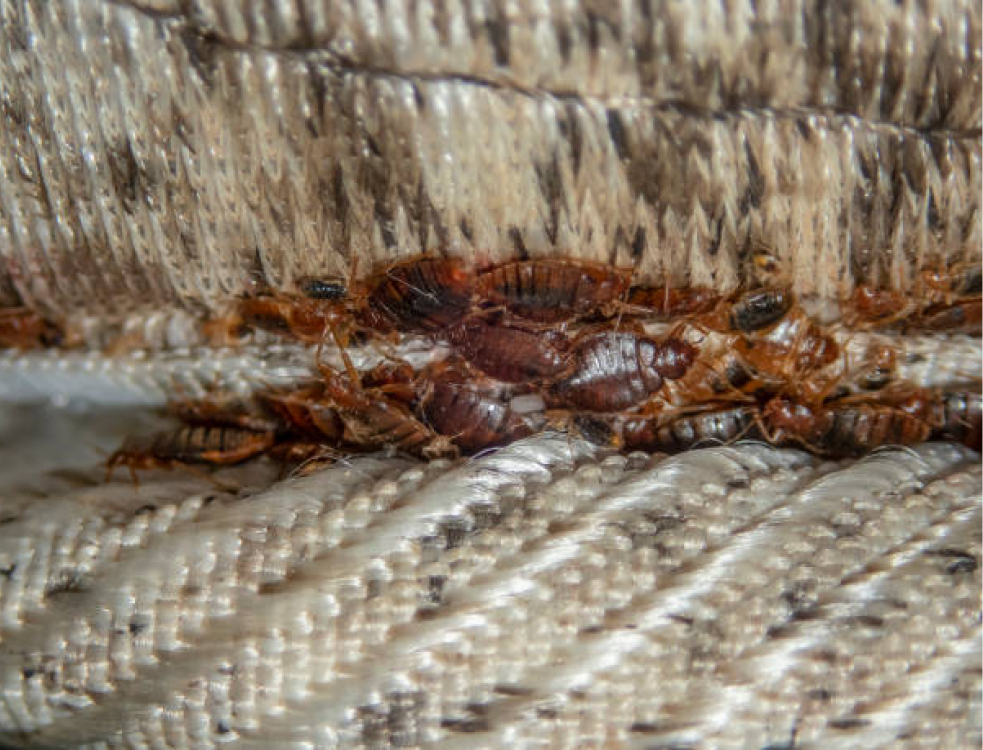Moisture control is essential for maintaining a healthy home environment. Excess moisture leads to mould growth, which can damage property, negatively affect health, and attract pests like cockroaches, termites, and rodents. By implementing effective moisture control strategies, you can prevent mould and keep pests at bay. This article outlines proven methods to control moisture and prevent mould, ensuring your home remains a safe and comfortable place.
Ways to Control Moisture and Prevent Mould
1. Identify and Repair Water Leaks
Water leaks are a primary source of moisture in homes, often leading to mould growth. Leaks can occur in various areas, such as roofs, walls, windows, and plumbing systems. Regularly inspecting your home for leaks and promptly repairing them can prevent moisture from accumulating.
Steps to Identify and Repair Water Leaks:
- Inspect Your Roof: Look for missing or damaged shingles that could allow water to seep in. Water stains on ceilings often indicate roof leaks.
- Check Windows and Doors: Ensure windows and doors are properly sealed to prevent water intrusion. Apply caulk to seal any gaps or cracks around the frames.
- Inspect Plumbing: Regularly check under sinks, around toilets, and near water heaters for signs of leaks. Repair or replace worn-out washers, seals, or pipes as necessary, especially in your kitchens. It is one of the best ways to keep cockroaches out of your kitchen.
- Examine Basement Walls: Look for cracks in the foundation or basement walls that could allow water to enter. Use a waterproof sealant to seal these cracks.
By addressing leaks as soon as they are detected, you can significantly reduce the risk of moisture buildup and mould growth, thereby keeping pests away.
2. Improve Ventilation
Proper ventilation is crucial for controlling humidity and preventing moisture buildup. Poorly ventilated areas, such as bathrooms, kitchens, and basements, are more likely to experience high humidity levels, leading to mould growth and attracting pests.
Ways to Improve Ventilation:
- Use Exhaust Fans: Install exhaust fans in bathrooms and kitchens to remove moisture from the air after cooking or showering. Ensure these fans vent to the outside.
- Open Windows: Allow fresh air to circulate by opening windows when possible, especially in humid areas.
- Install Vents in Attics and Crawlspaces: Ensure attics and crawlspaces are properly ventilated to prevent moisture buildup. Ridge vents, soffit vents, and gable vents can help improve airflow.
- Use Dehumidifiers: In areas with high humidity, such as basements, use a dehumidifier to reduce moisture in the air. Aim to keep indoor humidity levels between 30% and 50%.
Improving ventilation not only helps control moisture but also reduces the likelihood of mould growth and pest infestations.
3. Control Indoor Humidity Levels
Maintaining proper indoor humidity levels is essential for preventing mould growth. Mould thrives in environments with humidity levels above 60%, so it’s important to keep indoor humidity within a safe range.
Tips for Controlling Indoor Humidity:
- Monitor Humidity Levels: Use a hygrometer to monitor the humidity levels in your home. If humidity consistently exceeds 60%, take steps to reduce it.
- Use Air Conditioners: Air conditioners can effectively reduce indoor humidity by cooling the air and removing moisture. Ensure your air conditioning system is properly maintained.
- Fix Leaky Pipes and Drains: Leaks from pipes and drains can increase indoor humidity. Repair any leaks immediately to prevent moisture buildup.
- Dry Clothes Outside: Avoid drying clothes indoors, as this can increase indoor humidity. If you must dry clothes indoors, use a vented dryer or hang them near an open window.
By maintaining indoor humidity levels within the recommended range, you can significantly reduce the risk of mould growth and keep pests away.
4. Address Condensation Issues
Condensation occurs when warm, moist air comes into contact with a cold surface, such as a window or wall. Over time, condensation can lead to moisture buildup, creating an environment where mould and pests can thrive.
How to Address Condensation Issues:
- Insulate Windows and Walls: Insulate windows and exterior walls to reduce the temperature difference between indoor and outdoor surfaces, minimizing condensation.
- Use Double-Glazed Windows: Double-glazed windows are more energy-efficient and reduce the likelihood of condensation compared to single-glazed windows.
- Install Storm Windows: Storm windows provide an additional layer of insulation, reducing condensation on windows.
- Ventilate Humid Areas: Improve ventilation in areas prone to condensation, such as bathrooms and kitchens, to reduce moisture in the air.
Addressing condensation issues helps prevent moisture buildup and reduces the risk of mould and pest problems.
5. Waterproof Your Basement
Basements are particularly vulnerable to moisture problems due to their location below ground level. Water can seep into the basements through foundation cracks, walls, or floors, leading to dampness, mould growth, and pest infestations.
Steps to Waterproof Your Basement:
- Seal Cracks and Joints: Use a waterproof sealant to seal cracks and joints in basement walls and floors. This prevents water from seeping in and causing moisture problems.
- Install a Sump Pump: A sump pump can help remove water that accumulates in the basement, especially during heavy rainfall or flooding. Ensure the sump pump is in good working condition and test it regularly.
- Install a Vapor Barrier: A vapor barrier is a plastic sheet installed on walls and floors to prevent moisture from entering the basement. This is particularly useful for unfinished basements.
- Grade the Landscape: Ensure the ground around your home slopes away from the foundation to prevent water from pooling near the basement walls.
Waterproofing your basement is essential for preventing moisture-related problems that can lead to mould growth and attract pests.
6. Maintain Your HVAC System
Your heating, ventilation, and air conditioning (HVAC) system plays a crucial role in controlling indoor moisture levels. A well-maintained HVAC system helps regulate temperature and humidity, preventing conditions that are conducive to mould growth and pest infestations.
HVAC Maintenance Tips:
- Change Filters Regularly: Dirty filters can reduce the efficiency of your HVAC system and lead to increased humidity levels. Change the filters every 1-3 months, depending on usage.
- Clean Ducts and Vents: Dust and debris can accumulate in ducts and vents, reducing airflow and contributing to moisture buildup. Have your ducts and vents cleaned regularly by a professional.
- Check for Leaks: Inspect your HVAC system for leaks, particularly in the ductwork and around the air conditioning unit. Repair any leaks promptly to prevent moisture from entering the system.
- Schedule Regular Maintenance: Have your HVAC system inspected and serviced by a professional at least once a year to ensure it is operating efficiently.
Regular maintenance of your HVAC system is essential for controlling indoor moisture levels and preventing mould and pest problems.
Conclusion
Controlling moisture and preventing mould growth are essential steps in keeping your home pest-free and maintaining a healthy indoor environment. By identifying and repairing water leaks, improving ventilation, managing humidity levels, addressing condensation issues, waterproofing your basement, and maintaining your HVAC system, you can effectively reduce the risk of mould and pest infestations. Implementing these proven methods will help you create a safer, healthier, and more comfortable living space.
However, professional pest control services in Singapore can further ensure your home remains pest-free. Pest control companies can conduct thorough inspections, detect early signs of infestations, and implement targeted solutions to prevent pests from returning. Engaging a reliable pest control company will give you the expertise and ongoing support needed to maintain a healthy and pest-free environment in the long term.

